Our Animals
We have over 1,000+ species , such as piranhas, stingrays, turtles, crocodiles, penguins and many more!
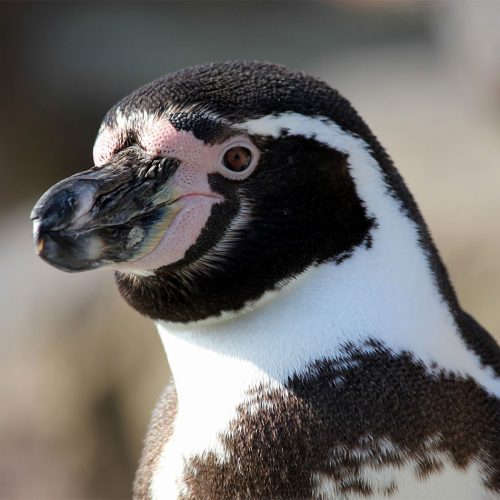
The Humboldt Penguin is a South American penguin, that breeds in coastal Peru and Chile. Its nearest relatives are the African Penguin, the Magellanic Penguin and the Galápagos Penguin.
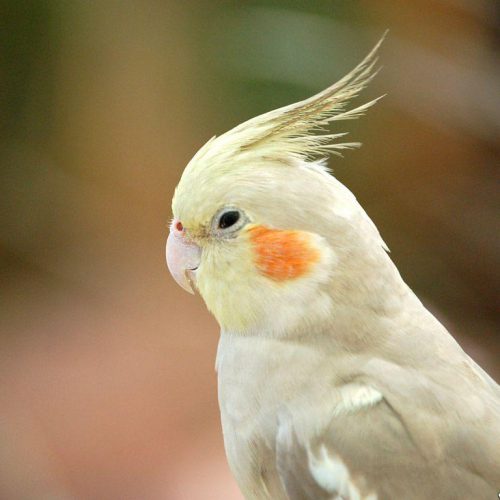
The Cockatiel (Nymphicus hollandicus), also known as the Quarrion and the Weiro, is a member of the cockatoo family endemic to Australia. They are prized as a household pet and companion parrot throughout the world and are relatively easy to breed. As a caged bird, cockatiels are second in popularity only to the Budgerigar.
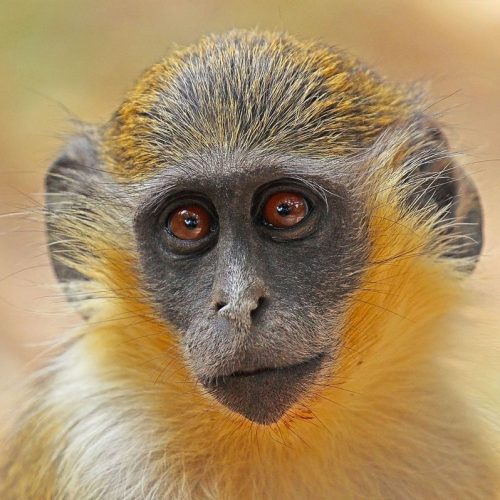
The green monkey (Chlorocebus sabaeus), also known as the sabaeus monkey or the callithrix monkey, is an Old World monkey with golden-green fur and pale hands and feet.
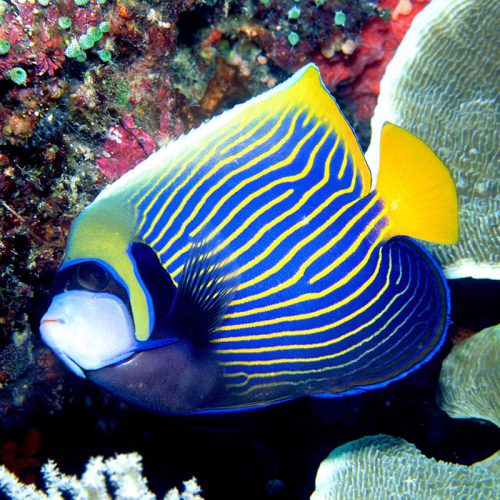
The emperor angelfish, Pomacanthus imperator, is a species of marine angelfish. It is a reef-associated fish, native to the Indian and Pacific Oceans, from the Red Sea to Hawaii and the Austral Islands.
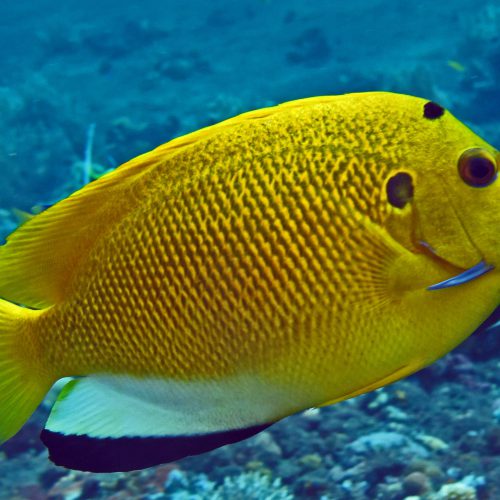
Three-spot Angelfish have a yellow body and blue lips. There is a black spot on the forehead and another faint one behind the gill cover. The anal fin has a wide black margin. Juvenile Three-spot Angelfish are similar to adults, but lack the spots around the head. They have a narrow black band through eye and a series of golden bars on the side.
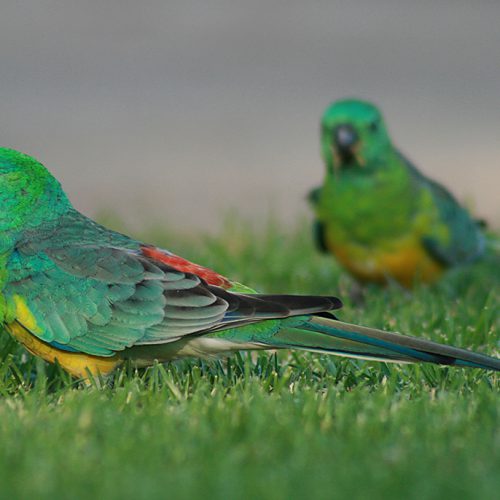
The Red-rumped Parrot (Psephotus haematonotus), also known as the Red-backed Parrot or Grass Parrot, is a common bird of south-eastern Australia, particularly in the Murray-Darling Basin.
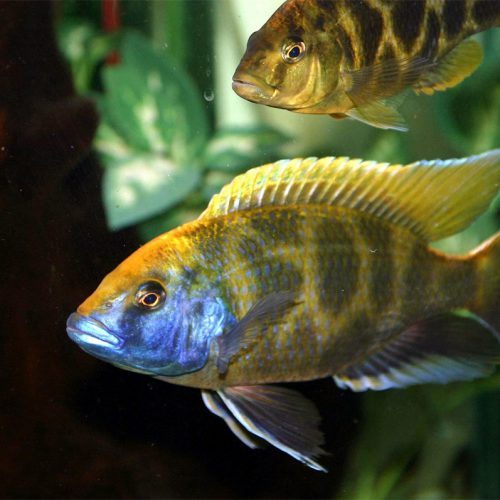
Nimbochromis venustus, commonly called Venustus Hap or Giraffe Hap, is a Haplochromine cichlid endemid to Lake Malawi in Africa. It prefers the deeper regions of the lake where it hunts smaller juvenile cichlids with a specialised hunting technique. After spotting prey, it will partially submerge itself into the sand and lie motionless until the chosen fish comes within reach. it will then dart out of the sand and strike.
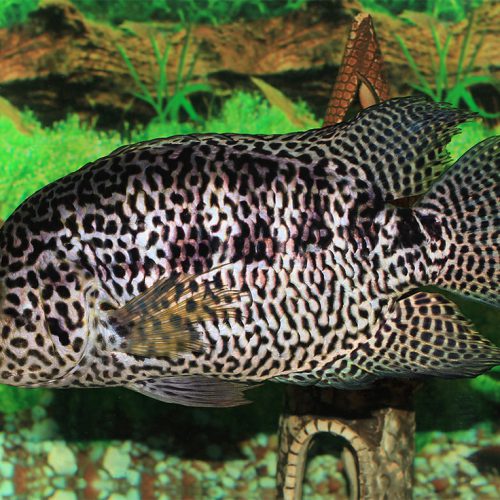
Parachromis managuensis is a large cichlid native to freshwater habitats in Central America, where found from Honduras to Costa Rica. The scientific name refers to Lake Managua in Nicaragua from where the holotype was obtained. It is also found in the aquarium trade where it is variously known as the jaguar cichlid, managuense cichlid or managua cichlid, guapote tigre, Aztec cichlid, spotted guapote and jaguar guapote. males grow to a length of 35 centimeters and females to a length of 30 centimeters
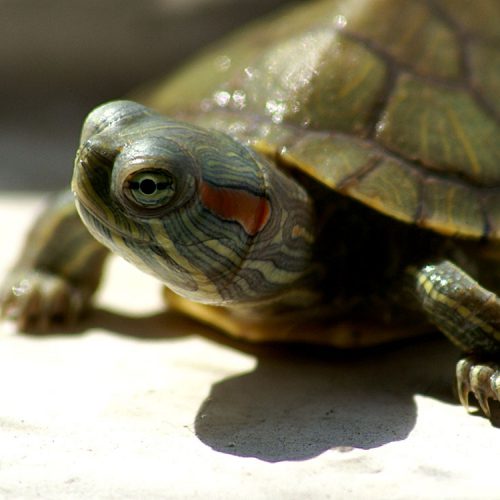
Red-eared sliders get their name from the small red dash around their ears. The “slider” part of their name comes from their ability to slide off rocks and logs and into the water quickly.
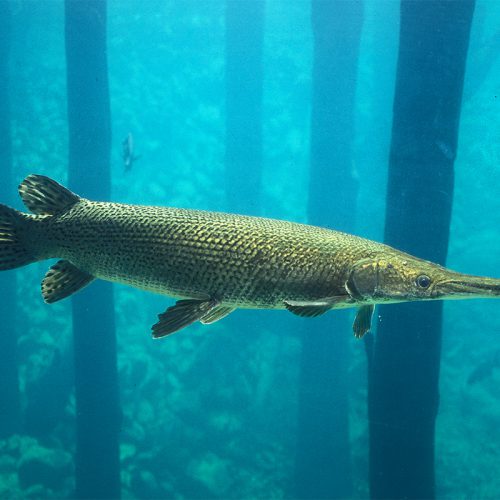
The Alligator Gar, is a primitive ray-finned fish. Unlike other Gars, the mature Alligator Gar possesses a dual row of large teeth in the upper jaw. Its name derives from the alligator-like appearance of these teeth along with the fish’s elongated snout.
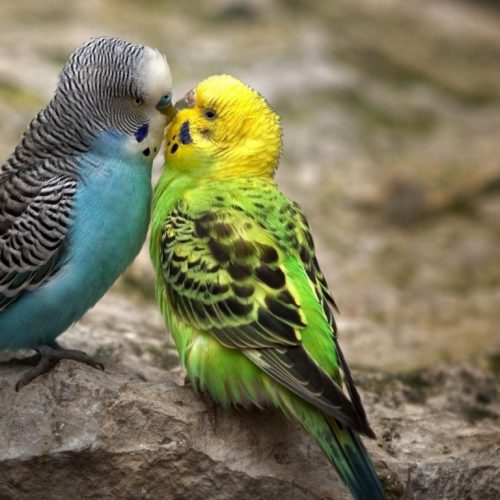
The Budgerigar Parakeet, also known as “Budgie” or English Parakeet, Melopsittacus undulatus, is probably the most common Parakeet. Some species, especially the larger parakeets, may be referred to as “parrot” or “parakeet” interchangeably.
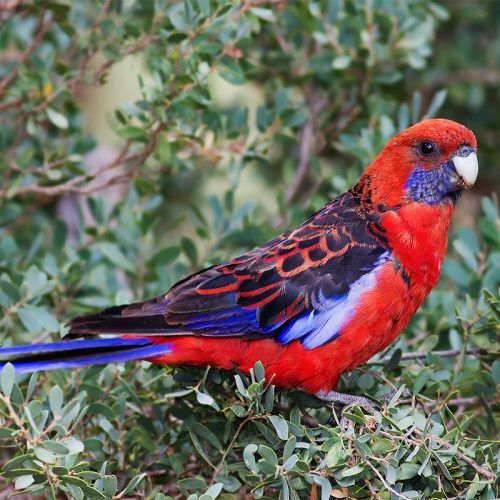
The Crimson Rosella is a parrot native to eastern and south eastern Australia which has been introduced to New Zealand and Norfolk Island. It is commonly found in, but not restricted to, mountain forests and gardens. The species as it now stands has subsumed two former separate species, the Yellow Rosella and the Adelaide Rosella. Molecular studies show one of the three red-coloured races, var. nigrescens is genetically more distinct.
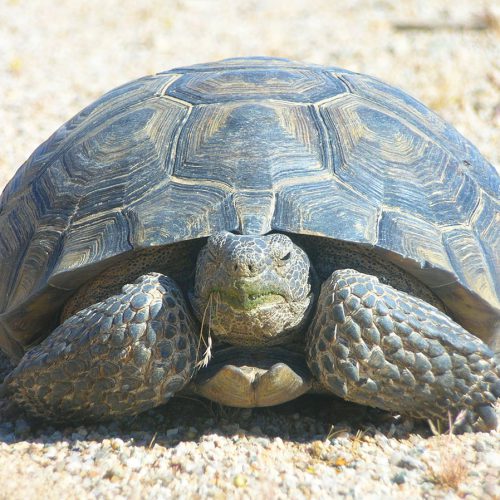
The desert tortoises are species of tortoise native to the Mojave desert and Sonoran desert of the southwestern United States and northwestern Mexico and the Sinaloan thornscrub of northwestern Mexico.
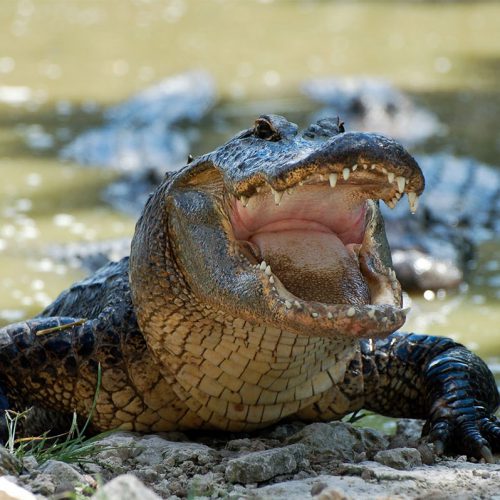
The Nile crocodile is an African crocodile and the second largest extant reptile in the world, after the saltwater crocodile.
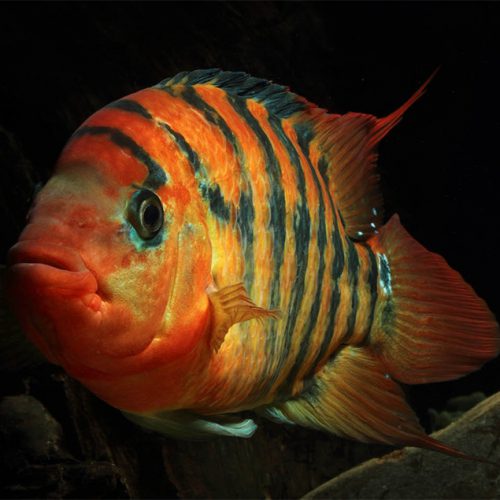
A South American Cichlid, the Red Terror is a ‘top shelf’ cichlid. They are one of the best looking cichlids.
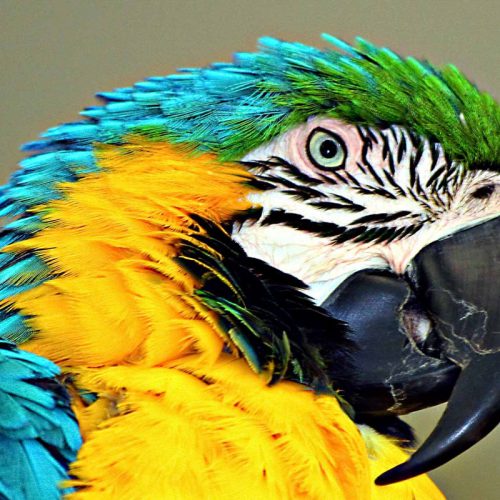
The Blue-and-Yellow Macaw, also known as the Blue-and-Gold Macaw, is a large blue (top parts) and yellow (under parts) South American parrot, a member of the large group of Neotropical parrots known as macaws. It inhabits forest (especially varzea, but also in open sections of terra firme (non-flooded forest) and woodland of tropical South America.
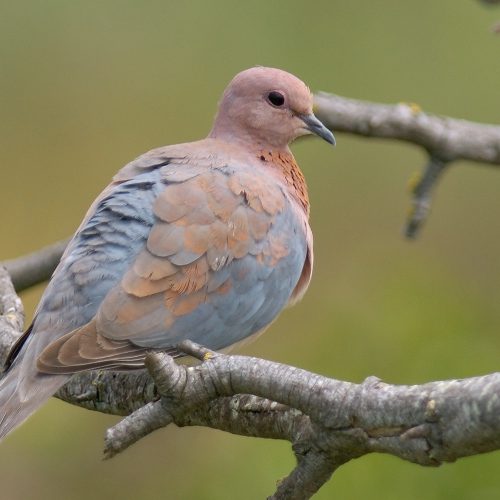
The Laughing Dove is a small pigeon that is a resident breeder in Sub-Saharan Africa, the Middle East east to the Indian Subcontinent. This small long-tailed dove is found in dry scrub and semi-desert habitats where pairs can often be seen feeding on the ground
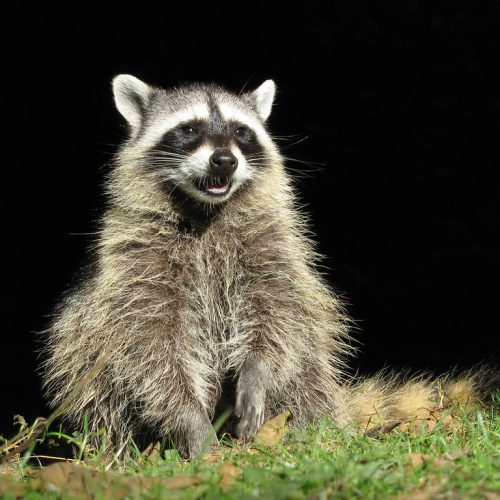
The most distinctive feature of the raccoon is the black mask found around the eyes. The raccoon’s thick layer of fur keeps it warm during cold winters.